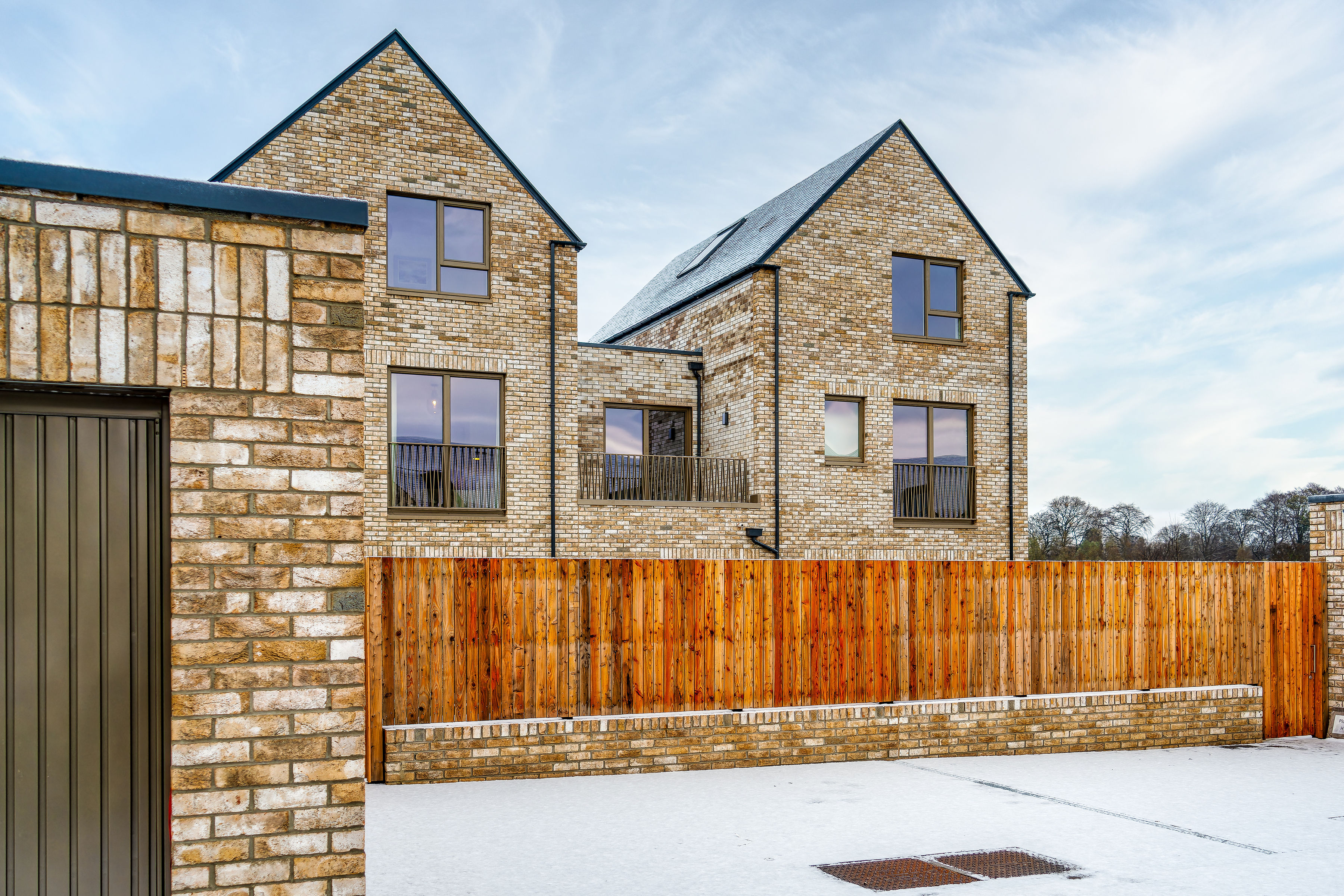Rettie & Co: Average Scottish house price to rise by 1.5% in 2024

St Andrews West development in Fife
Property firm Rettie & Co is forecasting Scottish house prices to rise by around 1.5% in 2024, with overall residential property transaction activity increasing to approximately 4.3 per cent.
Rettie sees continued pressure on the private rental sector (PRS), with double-digit increases in average rents on new listings combined with a continuing fall in supply levels, subject to forthcoming government legislation.
Dr John Boyle, director of Strategy and Research at Rettie & Co, said: “The market continues to adjust to a new environment including higher interest rates. Demand has dropped back, but not excessively, and sales activity should recover in 2024, giving more buyers and sellers confidence to enter the market.
“As for the rental market, there is likely to be continued pressure on the private rental sector (PRS), as demand has not dampened in the way it has in the sales market.
“Transactions have remained relatively robust this year, although they look like ending close to 10% down on 2022 levels. House prices have remained relatively robust in 2023, staying fairly flat across Scotland as a whole.”
The latest figures for October 2023 from Registers of Scotland indicate the average Scottish house price was down 1.5% against the same month last year. However, the average house price between January to October 2023 is up 1% when compared to the first 10 months of 2022. At the same time, transaction levels are down by 9% in the first 10 months of 2023.
The main reason for the reduced sales market has been the sharp increase in mortgage rates. In early 2022, the average mortgage on a new purchase in Scotland was under £800 per calendar month but rose to over £1,200 per calendar month by mid-2023.
Tighter supply has supported house prices, particularly in more desirable locations and for family style housing. However, some markets have been hit harder, for example the urban flatted market has been impacted by rising mortgage rates and the related affordability pressures on younger households, who tend to have less equity reserves.
The new build market has been more severely impacted, with sales down 15% in the first 10 months of 2023. In addition to a reduction in demand, the new build sector has also faced supply-side problems with rising construction costs, and labour market and supply chain pressures. This has impacted on the viability of developments in many areas, slowing delivery.
The rental market remains in a condition of significant excess demand, pushing up advertised rents and reducing time to let. Scottish Government solutions to tackle rising rents with price caps may further reduce availability, leading to significant shortages in pressed markets.
Dr Boyle added: “As we approach the end of the year, we are seeing the market move into its usual seasonal slowdown. At the same time, we are also seeing positive signs that we can emerge from a challenging environment over the next year.
“The Royal Institute of Chartered Surveyors (RICS) is now predicting future sales expectations turning positive in Scotland after a period of negative market sentiment, and there are positive signs with mortgage lending, with 2-year fixed rates now back below 5%.
“These indicators point towards stabilising and improving market conditions as we enter 2024, although the challenges of above target inflation, relatively high interest rates, and a cost-of-living crisis remain.”









